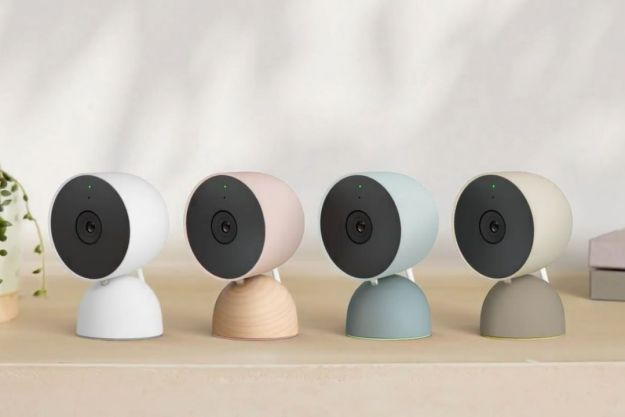Crestron introduced the latest version of its seamless smart home platform and while it’s probably not exactly something you might expect to pick up at Walmart, it’s a pretty dynamic solution for smart home enthusiasts who want to integrate their experience across multiple homes.
First shown at the Integrated Systems Europe 2019 show in Amsterdam in February, Creston Home OS 3 is a revamped version of a rather complex smart home platform that used to require a fairly complex deployment process that required significant technical interventions from Crestron dealers.
“OS 3 allows deployments at a high level without having to be a computer scientist,” Crestron vice president of residential John Clancy said in a statement.
Reportedly, the new platform has hundreds of powerful new features but more importantly an intuitive interface that’s easy for users to navigate, not only through Creston’s advanced TSW touchscreens but also through mobile devices.
“Creston Home OS 3 is the smart way to make more homes Crestron Homes,” Michael Short, global residential marketing manager for Crestron, said in a statement. “It delivers the speed and simplicity our residential dealers want, which will help them optimize and maximize their business, and the intuitive experience their clients demand. Complete projects can be set up and deployed on any scale in a fraction of the time of traditional methods, with no programming needed.”
The re-engineered smart home platform spent nearly three years in development at the nearly 50-year-old company’s engineering department. Crestron says it also underwent the company’s largest beta testing ever with more than 150 integrators working the new system for bugs and potential deficiencies.
“The development was not done in a sequestered room by a bunch of engineers,” Clancy said. “It was done by a group of integrators, end-users, and the Crestron team. It was the first time ever that Crestron opened up beta testing to any integration company to apply. Once they qualified, the group used user feedback forms and closed forums to exchange ideas.”
The platform is a graceful integration of the old and the new. The new platform is fully backward-compatible, enabling it to work with Crestron equipment in the field that is up to 15 years old. However, the new system is also incredibly robust, especially for customers that own multiple homes or developers that want to set up smart home technology from scratch in apartments. Among other advantages, the system can manage 100 motorized shades, 300 lighting loads, 24 touchscreens, 32 thermostats, and 120 keypads.
It’s not cheap — a Crestron estimate will depend on how much real estate you want to cover, but started at a couple of thousand dollars just a few years ago. However, the company says its new hardware will cost approximately the same as other Crestron systems, thanks to the savings in programming time that the new operating system offers.
Editors' Recommendations
- Ring Pan-Tilt Indoor Cam vs. Ring Stick Up Cam Pro: Which is better for your home?
- SimpliSafe is now using AI to prevent burglars from entering your home
- Yale’s newest smart lock is designed for renters
- How to convert your window blinds into smart blinds
- Home Depot’s Hubspace is a great way to start building your smart home


